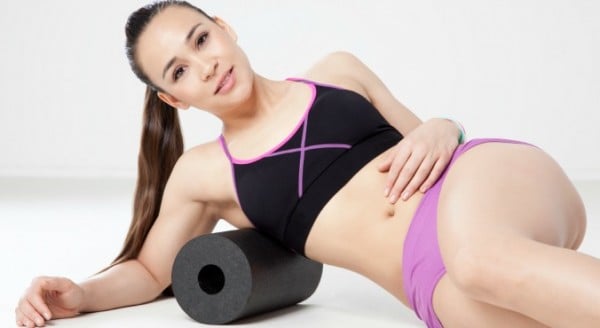
Whether you’re time poor, a new mum or you just can’t bear the thought of having to brave the cold outside; exercising at home becomes a very attractive option.
The only problem? The living room isn’t quite as well equipped as the gym, and even fitness regimes designed to be done at home usually require some kind of overpriced “essential” tool to be done properly.
However according to personal trainers Blake Worrall-Thompson and Tristan Hill, you don’t necessarily need to spend big to see big results. In fact, everything you need may actually be hiding in the pantry…
10 household items that double as exercise equipment
1. Broomstick
“Broomsticks are a fantastic tool to use as a balancing aid during exercises that require a lot of balance,” explains Hill. “A great example of this is the ‘carrot picker’.”
How to do it: Stand on your right leg with a tall posture. While tilting forward at the hips, keep your right leg straight while maintaining a slight bend through your knee.
Lean forward, maintaining good posture, and touch the ground as if you were going to pick up a carrot, taking care to keep movement controlled at all times.
Touch the ground with your hand and return back to the starting position.
"Due to the high demand on your balance, hold the broomstick in your left hand to help maintain your balance," advises Hill.
Perform 12 on each leg, rest for a minute and then repeat.




























































































